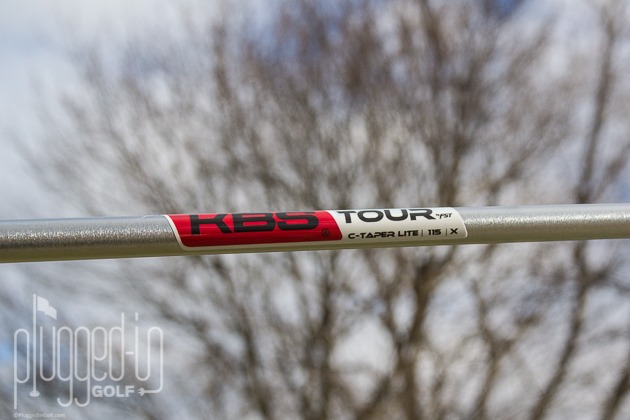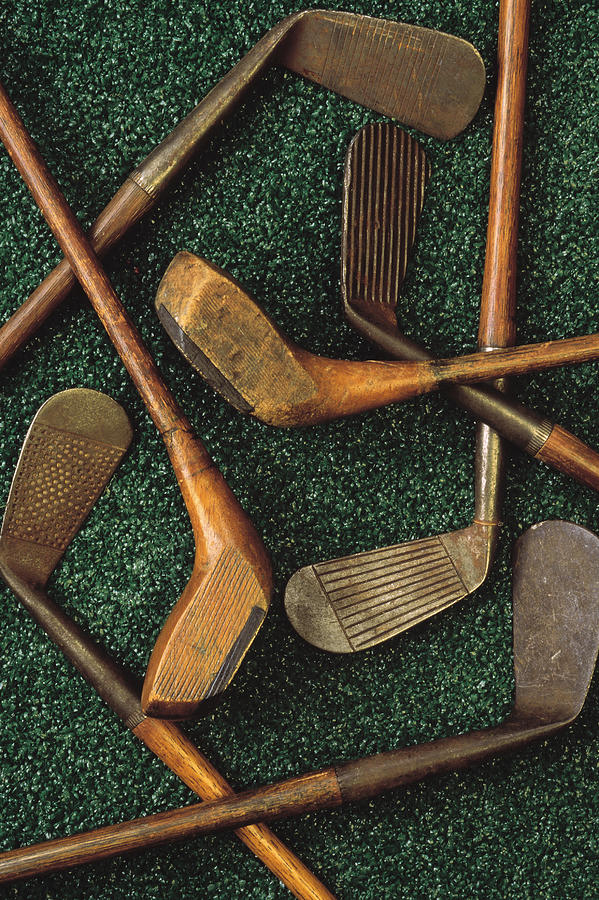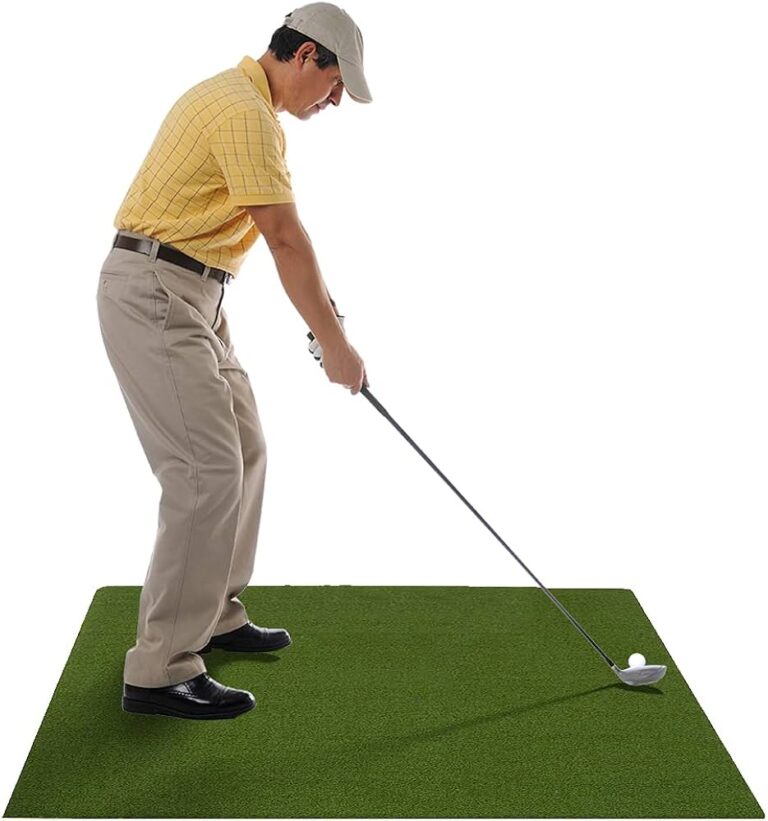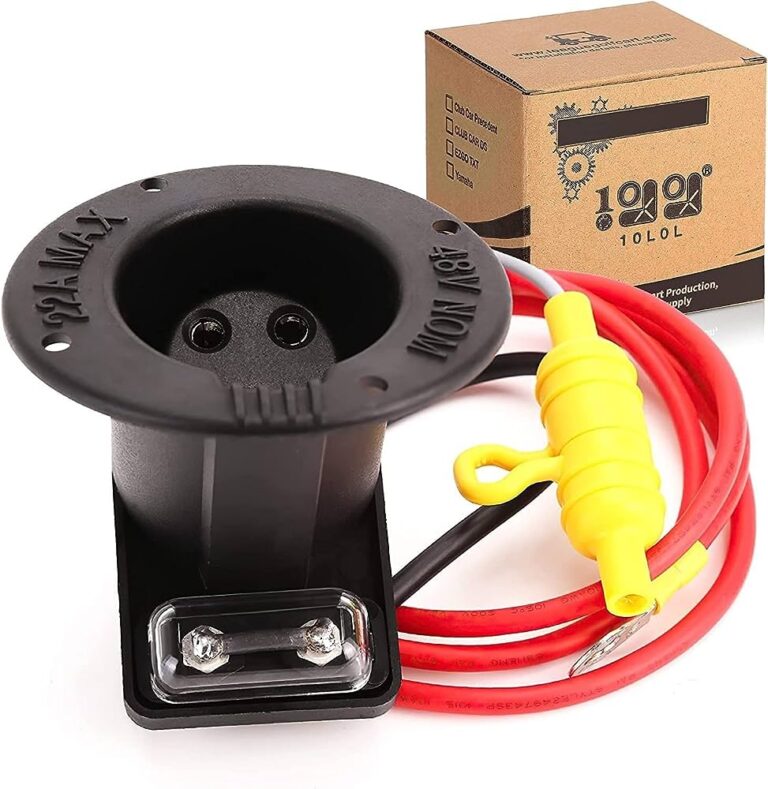The Ping Eye 2 Vs Modern Irons, classic game-improvement clubs from the 1980s, differ from modern irons in technology and design. Today’s irons offer advanced materials and more refined performance features.
Golfing enthusiasts often debate the merits of vintage clubs versus cutting-edge designs. The Ping Eye 2 represents an era when oversized heads and perimeter weighting began to revolutionize the game, providing amateurs with enhanced forgiveness on off-center hits. Comparatively, modern irons build upon these innovations and push the boundaries with new technologies like multi-material construction, optimized center of gravity (CG) placement, and improved clubface dynamics.
Featuring sleeker aesthetics and customized fitting options, contemporary irons cater to a wide range of golfers, ensuring tailored performance for every skill level. As players consider an upgrade or simply appreciate the evolution of golf equipment, the contrast between the iconic Ping Eye 2 and today’s technologically advanced irons defines the march of innovation in the sport.
Evolution Of Golf Irons Design
The Ping Eye 2 irons, first introduced in the 1980s, marked a significant step in golf equipment innovation. These clubs revolutionized the game with features like the iconic “eye” cavity design which offered improved stability and forgiveness. Crafted by the famous club designer Karsten Solheim, Ping Eye 2s were amongst the first to incorporate high moment of inertia (MOI) principles, setting the stage for future developments in golf iron technology.
Over the years, golf iron designs have witnessed substantial transformations. Modern irons benefit from cutting-edge materials and sophisticated manufacturing techniques. They offer enhancements such as variable face thickness for increased ball speeds, perimeter weighting for greater forgiveness, and optimized center of gravity positions for improved launch. These design shifts have culminated in the creation of clubs that can cater to a broad spectrum of skill levels, aiding golfers to achieve better control, distance, and accuracy.
The technological advancements in modern irons are particularly noticeable in aspects such as heat treatments and computer-aided design (CAD). These technologies not only allow for precise manufacturing but have also ushered in an era where players can get highly customized clubs, tuned to their specific game needs. The modern iron is a testament to the dynamic evolution of golf equipment, influenced heavily by innovation, player feedback, and scientific research.
Analyzing The Craftsmanship
The Ping Eye 2 irons set a benchmark in the golf industry with their unique use of stainless steel, enhancing both their longevity and playability. This choice of material stood the test of time, often outlasting competitors’ offerings from the same era. By comparison, modern irons employ a diverse range of alloys, composites, and even sometimes incorporate tungsten weighting to optimize performance.
Durability remains a hallmark of the Ping Eye 2, with many golfers still wielding these irons after decades of use. This durability factor is challenged by modern versions, which utilize cutting-edge technology and innovative materials that can potentially extend the lifespan and maintain performance levels longer than ever before.
When it comes to aesthetics and player appeal, there is a clear shift from the classic, simplistic look of the Ping Eye 2 to more sleek, polished, and sometimes aggressive designs seen in modern irons. These design enhancements are not merely cosmetic, as they often coincide with improved functionality and targeting specific player preferences and skill sets.
Performance Metrics
Ping Eye 2 irons, a classic staple in the golfing community, have been compared extensively against modern irons to evaluate how technology has evolved in the sport. The most discernible difference lies in the distance capability, where modern irons often surpass the vintage Ping Eye 2.
Modern irons are designed with cutting-edge materials and aerodynamic features that contribute to a notable increase in distance covered, a factor that is pivotal for many golfers. Furthermore, precision-engineering in modern clubs promotes enhanced accuracy, giving players the upper hand in aligning their shots with the intended target.
Forgiveness on off-center hits is another aspect where modern irons excel. The use of advanced perimeter weighting and multi-material construction dampens the impact of mis-hits, allowing for greater consistency even when the ball is not struck perfectly.
In terms of trajectory and ball flight control, modern irons provide golfers with an array of options to fine-tune their shot shape and height. The ability to manipulate ball flight is crucial for navigating various course conditions and optimizing approach shots.
Playability Analysis
Ping Eye 2 irons, a classic staple for golf enthusiasts, differ considerably from modern irons in numerous aspects. Notably, the clubhead size of Ping Eye 2s is smaller than that of many contemporary alternatives. This can affect strike consistency for casual players but may offer more experienced golfers enhanced control and precision.
The sole width of an iron plays a crucial role in turf interaction. Older models like the Ping Eye 2 typically have narrower soles, leading to a crisper feel through the grass. Conversely, wider soles in modern irons can offer more forgiveness and are particularly beneficial on off-center hits.
Considering the center of gravity (CG), it’s evident that Ear 2 represents traditional positioning, which tends to require a more skilled strike for optimal performance. Modern irons, on the other hand, usually feature a lower CG, assisting in achieving higher ball flights – a characteristic that can help both novices and experts alike. Additionally, loft variations between the two eras are substantial, with modern irons often having stronger lofts that can contribute to longer distances.
Golfer Experience
The battle between the classic Ping Eye 2 irons and their modern counterparts is evident in the feel on impact. Golfers often note that the vintage design of Ping Eye 2 provides a distinctive, soft sensation, hinting at a larger sweet spot. In contrast, contemporary irons are designed with advanced technologies that promote accuracy and consistency, offering a more crisp and responsive feedback which is highly valued by players seeking more granular performance data from their equipment.
Adaptability is a significant factor for golfers at all levels. The Ping Eye 2 irons are lauded for their user-friendly nature, making them an excellent choice for amateurs seeking improvement. Modern irons, however, are tailored to cater to various levels of play, ranging from forgiving models for high-handicappers to highly tunable options that appeal to low-handicap enthusiasts who crave for a more personalized experience.
- Many professional players show a preference for modern irons due to their precision and customization capabilities.
- Ping Eye 2 irons still have a cult following among professionals who value their time-tested design and reliability.
- Technology advancement in modern irons offers a significant edge in competitive play, aligning with the professionals’ performance demands.
Influence On Modern Club Making
The iconic Ping Eye 2 irons have had a profound influence on the development of modern golf clubs. Introduced in the 1980s, their innovative design elements set a new standard in the industry. Key features like perimeter weighting for improved forgiveness and the use of high-quality materials laid the groundwork for the features commonly seen in today’s irons.
Innovations such as the custom tuning port (CTP) and multi-material construction can trace their origins back to the pioneering spirit behind the Ping Eye 2. These advancements are integral in today’s club designs, offering enhanced performance and versatility that cater to a wide range of golfers, from beginners to professionals.
Shaping the trajectory and feel of modern clubs, the legacy of Ping Eye 2 continues to resonate throughout golf club manufacturing. The clubs’ lasting impact demonstrates their significance in the sport’s evolution and their role in forging the modern golfing experience.
The Verdict From The Green
Players universally praise the Ping Eye 2 for its reliability and classic design. Many golf aficionados maintain a deep loyalty to these irons, owing to their forgiveness and playability. Consistency across various shots is frequently mentioned as a standout feature, providing golfers with a sense of confidence on the green.
Contrastingly, modern irons are often acclaimed for incorporating cutting-edge technology and innovative materials. Golfers who prefer these irons point to the enhanced distance and precision these clubs offer. The integration of multi-material heads and optimized center of gravity has elevated the game for many, making the modern irons a favorable choice for those seeking to lower their handicaps.
Ping Eye 2 Vs Modern Irons:
| Ping Eye 2 | Modern Irons |
|---|---|
| Exceptional consistency | Enhanced distance |
| High forgiveness | Improved precision |
| Classic feel | Use of advanced materials |
Value For Money
Ping Eye 2 irons have a reputation for their lasting quality and have maintained a relatively steady resale value over the years. Many golf enthusiasts view them as collectibles, which can often fetch a premium price on the second-hand market. This aspect positions them as potentially more lucrative investments compared to some modern irons that may depreciate more quickly.
On the contrast, modern irons are designed with the latest technology and innovations, such as multi-material heads or advanced groove engineering. While they come with a higher initial cost, they often feature warranties and after-sales support, which add value for the contemporary golfer seeking performance over nostalgia. Thus, the value for money is weighed based on whether one prioritizes modern playability or the charm and potential upside of owning a piece of golfing history.
Suitability For Today’s Game
Ping Eye 2 irons have long been revered for their playability, yet modern irons are designed to align with the latest advancements in golfing technology and course conditions. Players need to consider several factors to determine which irons best suit the contemporary game. The nature of the greens, type of fairways, and overall course design play a significant role in this selection.
Contemporary playing conditions demand versatility and performance enhancements that newer iron models offer. They feature innovative materials and aerodynamics, catering to today’s longer courses and varied terrains.
The choice between classic designs like the Ping Eye 2 Vs Modern Irons cutting-edge modern irons ultimately hinges on personal preference and the particular demands of the game as it is played today. Players must weigh the nostalgic appeal against the benefits gleaned from technological progression.
Credit: www.reddit.com
Frequently Asked Questions On Ping Eye 2 Vs Modern Irons
How Do Ping Eye 2 Irons Compare To Modern Irons?
The Ping Eye 2 irons boast a classic design with a focus on control and forgiveness. Modern irons, however, generally feature advanced technologies that promote greater distance, improved accuracy, and enhanced feel. While many golfers admire the enduring performance of Ping Eye 2, modern irons offer customizable options to fit a golfer’s individual game.
Are Modern Irons More Forgiving Than Ping Eye 2?
Yes, modern irons are typically designed with larger sweet spots and perimeter weighting, making them more forgiving on off-center hits than the Ping Eye 2. They utilize the latest materials and technologies to aid golfers in achieving better results with less-than-perfect swings.
What Advantages Do Ping Eye 2 Irons Have?
Ping Eye 2 irons are renowned for their durability and consistent performance. They offer a classic look and feel that many golfers prefer. Their well-engineered design provides a level of reliability and predictability that has maintained their popularity among a segment of players for decades.
Is Distance Improved With Modern Irons Versus Ping Eye 2?
Yes, most modern irons are engineered to maximize ball speed and promote longer distances compared to Ping Eye 2 irons. With innovations in clubface design and materials, modern irons assist golfers in achieving greater distances even with slower swing speeds.
Conclusion
Choosing between Ping Eye 2 Vs Modern Irons clubs depends greatly on your preferences and play style. The Ping Eye 2 offers a classic feel with proven performance, while modern irons bring advanced technology to your game. Embrace your unique needs on the course to make the right choice.
Swing confidently, armed with the knowledge that fits your journey to a better golfing experience.
